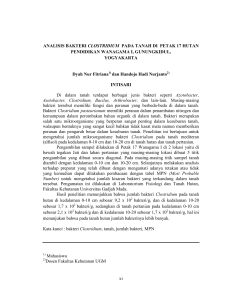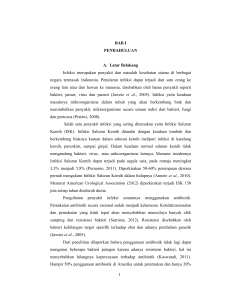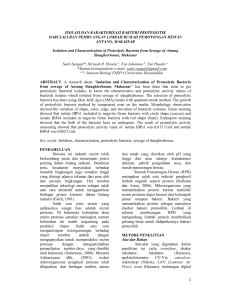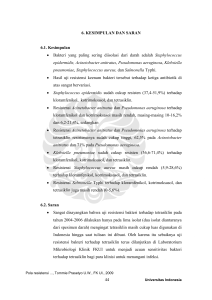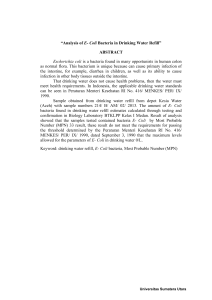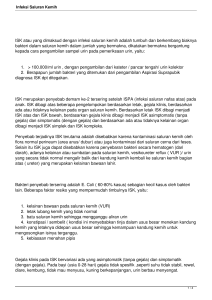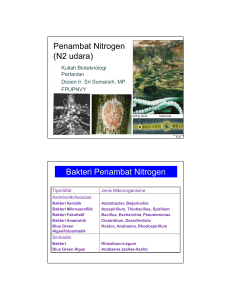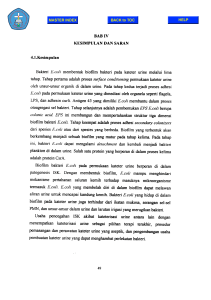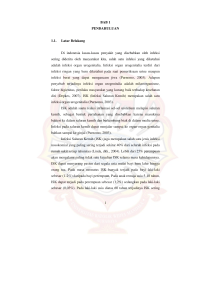ABSTRAK Infeksi saluran kemih (ISK)
advertisement
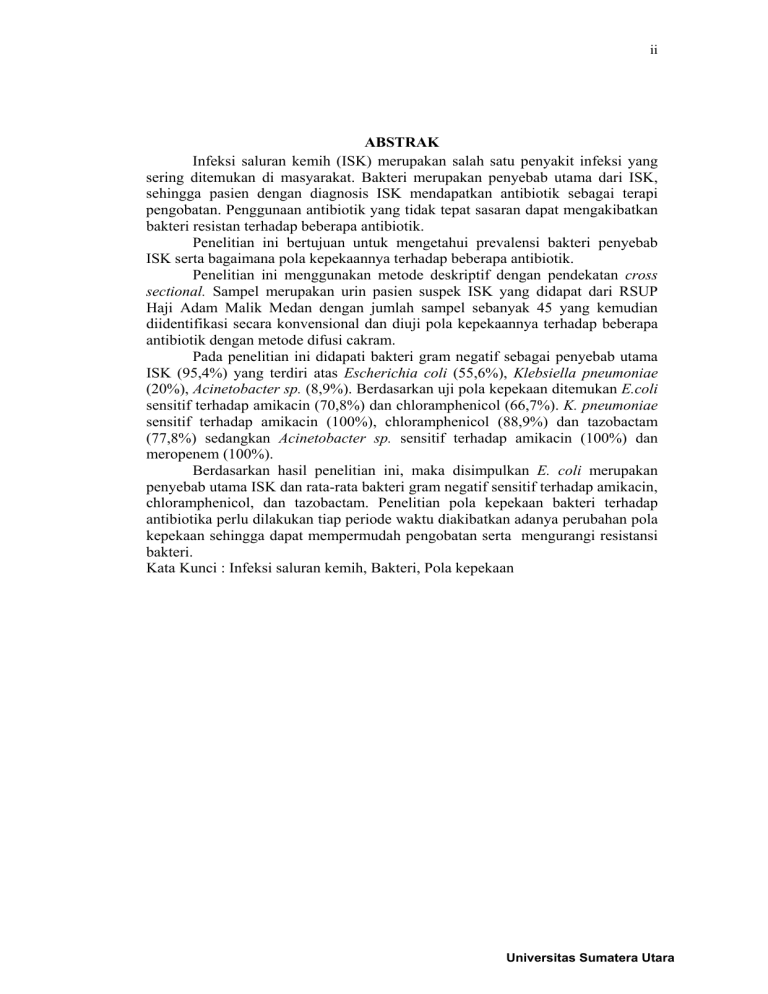
ii ABSTRAK Infeksi saluran kemih (ISK) merupakan salah satu penyakit infeksi yang sering ditemukan di masyarakat. Bakteri merupakan penyebab utama dari ISK, sehingga pasien dengan diagnosis ISK mendapatkan antibiotik sebagai terapi pengobatan. Penggunaan antibiotik yang tidak tepat sasaran dapat mengakibatkan bakteri resistan terhadap beberapa antibiotik. Penelitian ini bertujuan untuk mengetahui prevalensi bakteri penyebab ISK serta bagaimana pola kepekaannya terhadap beberapa antibiotik. Penelitian ini menggunakan metode deskriptif dengan pendekatan cross sectional. Sampel merupakan urin pasien suspek ISK yang didapat dari RSUP Haji Adam Malik Medan dengan jumlah sampel sebanyak 45 yang kemudian diidentifikasi secara konvensional dan diuji pola kepekaannya terhadap beberapa antibiotik dengan metode difusi cakram. Pada penelitian ini didapati bakteri gram negatif sebagai penyebab utama ISK (95,4%) yang terdiri atas Escherichia coli (55,6%), Klebsiella pneumoniae (20%), Acinetobacter sp. (8,9%). Berdasarkan uji pola kepekaan ditemukan E.coli sensitif terhadap amikacin (70,8%) dan chloramphenicol (66,7%). K. pneumoniae sensitif terhadap amikacin (100%), chloramphenicol (88,9%) dan tazobactam (77,8%) sedangkan Acinetobacter sp. sensitif terhadap amikacin (100%) dan meropenem (100%). Berdasarkan hasil penelitian ini, maka disimpulkan E. coli merupakan penyebab utama ISK dan rata-rata bakteri gram negatif sensitif terhadap amikacin, chloramphenicol, dan tazobactam. Penelitian pola kepekaan bakteri terhadap antibiotika perlu dilakukan tiap periode waktu diakibatkan adanya perubahan pola kepekaan sehingga dapat mempermudah pengobatan serta mengurangi resistansi bakteri. Kata Kunci : Infeksi saluran kemih, Bakteri, Pola kepekaan Universitas Sumatera Utara iii ABSTRACT Urinary tract infection (UTI) is one of the most common infectious diseases. Bacterial infection is a common cause of UTI, therefore patients with urinary tract infection need antibiotic treatment for this disease. On the other hand, ineffective use of the antibiotics may impact to the formation of multidrug resistant strain of bacteria. The aim of this study is to determine prevalence and sensivity pattern of bacteria isolated from UTI suspected patients. This is a descriptive study with cross sectional method. Forty-five urine samples were collected from UTI suspected patients in RSUP H. Adam Malik Medan. We were use a conventional method to identify the bacteria and a disc diffusion method for the antimicrobial sensitivity test. Gram negative bacteria were the common cause of UTI in this study, which consists of Escherichia coli (55,6%), Klebsiella pneumoniae (20%), Acinetobacter sp. (8,9%). E.coli isolates were sensitive to amikacin (70,8%) and chloramphenicol (66,7%). K. pneumoniae isolates were sensitive to amikacin (100%), chloramphenicol (88,9%) and tazobactam (77,8%). Acinetobacter sp. isolates were sensitive to amikacin (100%) and meropenem (100%). Based on the results, it is concluded that E. coli is a major cause of UTI and most of gram-negative bacteria are sensitive to amikacin, chloramphenicol, and tazobactam. In this study, we try to emphasize the importance of a regular antimicrobial sensitivity test in hospital settings due to a change in the pattern of sensitivity, as to facilitate treatment and reduce bacterial resistance. Keywords: Urinary Tract Infection, Bacteria, Sensitivity Pattern Universitas Sumatera Utara


